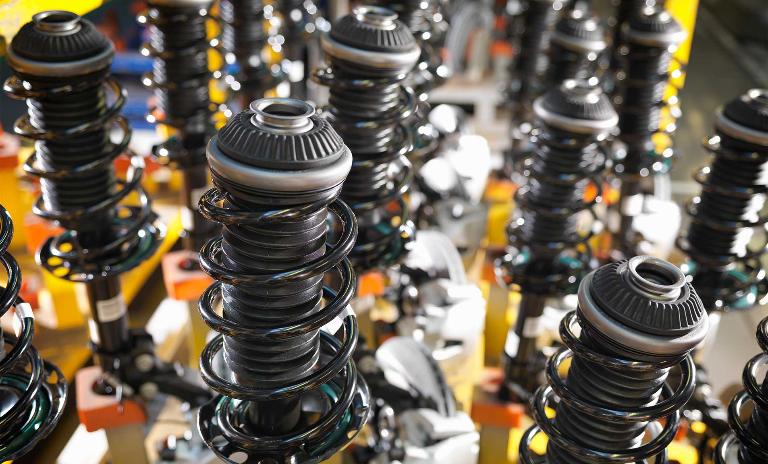Embracing Silicon Valley Challenge
This study examines disruption in the automotive and supplier business in particular brought by the advent of Silicon Valley players.

It’s hard to avoid a sense of déjà vu—the automotive industry is on the verge of a breakdown, and not for the first time. The 2007 crisis shook suppliers into tackling the financial and operational challenges that faced them: excess staff, capacity, and expenses to name but a few. Automotive suppliers bounced back swiftly, however, but largely thanks to “stock cosmetics”. Record-breaking M&A deals offer short-term boosts, but not a sustainable solution.
Our experts’ in-depth look into the current state of the supplier industry reveals that revenues are slackening on a global scale. Multiple new trends and competitors are now on the scene, and legacy players must react to the fact that digital disruption has finally reached the automotive industry in the form of connectivity, mobility, sustainability, self-driving vehicles, and big data systems. Newcomers are questioning old values and answering the latest consumer demands. For example, Uber's service-based system saw a $1 billion turnover without the physical assets of traditional taxi firms. Tech giants such as Google, Samsung, and Apple are looking to expand their ever-growing ecosystems. The question is, will the automotive industry accept their invitation to collaborate on the cars of the future?
The answer is that if they haven't already, they should. As customers are becoming more accustomed to the tech trade's pace, they're expecting the same from other industries. The traditional automotive industry mindset is accustomed to selling one million units in a timeframe of approximately 3 years, whereas Apple sold just as many iPhone 6s in just half a day.
Consumers are unlikely to respond to a new car with the same fervor as a new tech product—price point is certainly a factor—but they are eager to integrate this fast-paced environment into their driving experience.
"In Google's world, you won't just quit driving cars, you'll also quit owning them."
Some OEMs are already taking steps away from conventional, hierarchy-based value chains to develop new, collaborative ecosystems. Tech giants are undeniably well-positioned to help automotive suppliers make this transition due to their superior cross-industry scale and are an indispensable source of innovation that the industry cannot do without.
Additionally, startups and cross-industry corporations are also revolutionizing corporate organization, diversifying into hybrids of B2B and B2C models. Suppliers need to think fast, research widely, and venture creatively—as well as collaboratively—to reach into the next twenty years of the market.

This study examines disruption in the automotive and supplier business in particular brought by the advent of Silicon Valley players.
